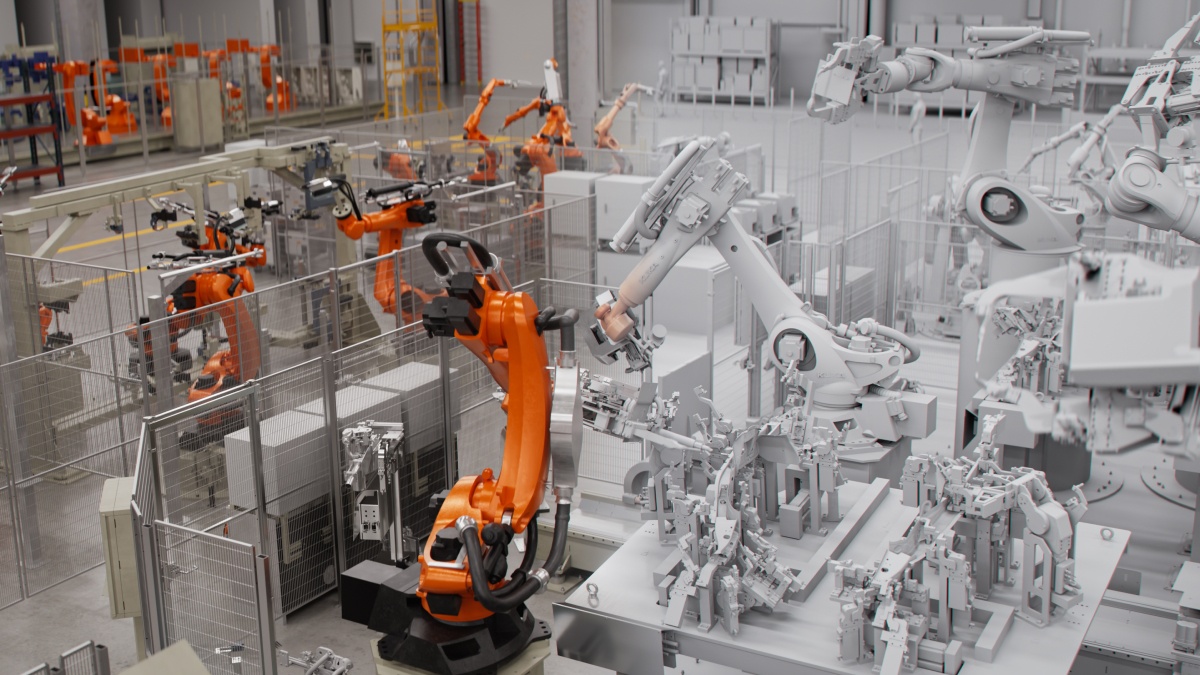
Learn how top CAE applications running on GPUs are speeding up simulations by 5X or more while lowering costs and energy consumption.
finance-services
Reinvent Manufacturing—From Design to Delivery
Transform Manufacturing From End to End
Harness breakthroughs in design, rendering, simulation, production, remote collaboration, and visualization to revolutionize product development, transform engineering, and power the factory of the future.
Discover How the Manufacturing Industry Is Using AI and Accelerated Computing

Product Development
From conceptual design to marketing asset creation, NVIDIA technology enables designers and engineers to create stunning 3D designs and immersive, real-time, physically accurate visualizations with photorealistic renderings, accelerate design iterations, and bring amazing products to life exactly as envisioned.
NVIDIA Solutions for Product Development
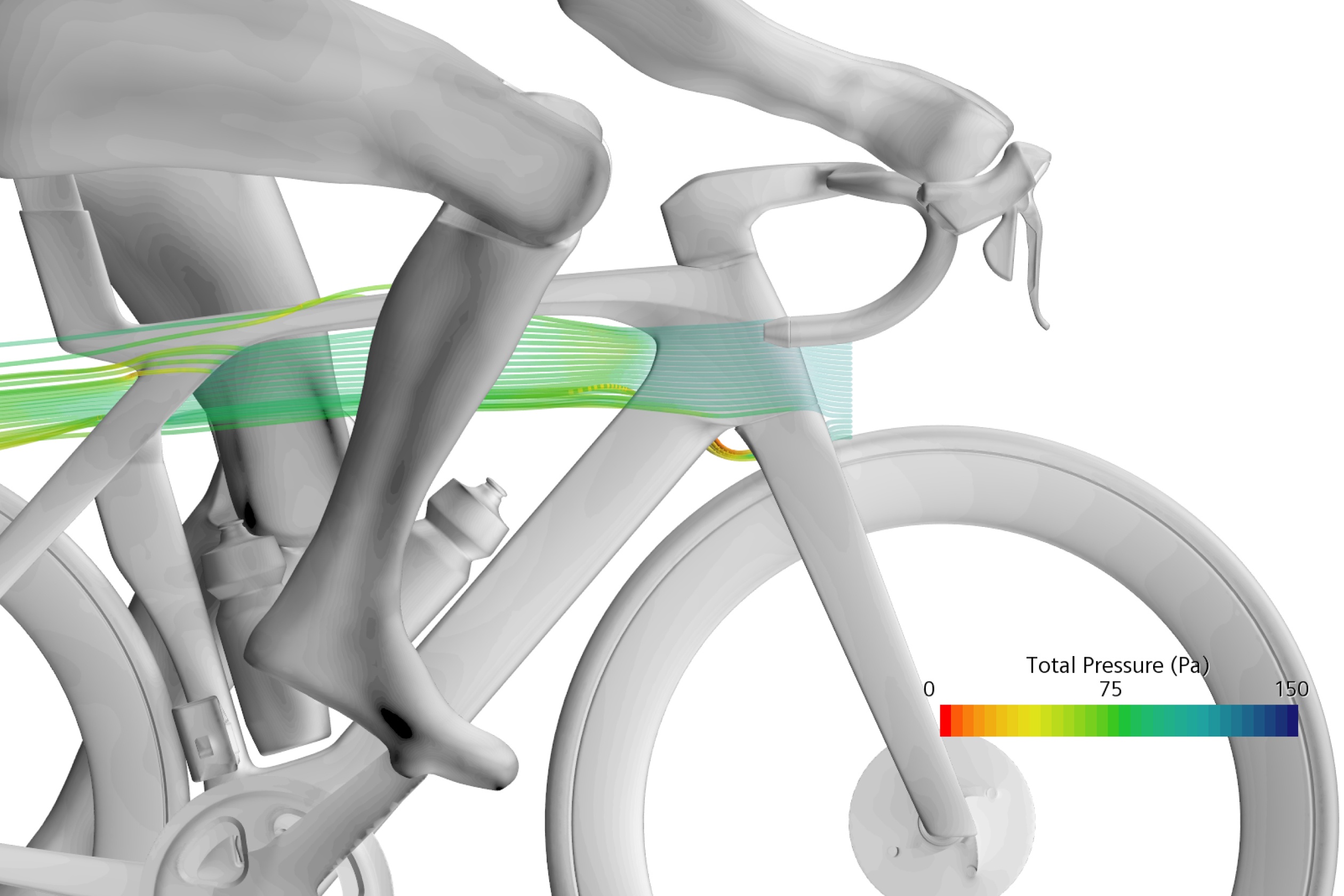
Engineering Simulation
NVIDIA’s GPU acceleration technology provides a wide array of solutions for analyzing and solving complex problems in structural mechanics (FEA), computational fluid dynamics (CFD), computational electromagnetics (CEM) and discrete element modeling (DEM). With NVIDIA, designers, engineers, and simulation experts can rapidly accelerate their CAE workflows and achieve efficient, effective results.
NVIDIA RTX™ for Engineering Simulation
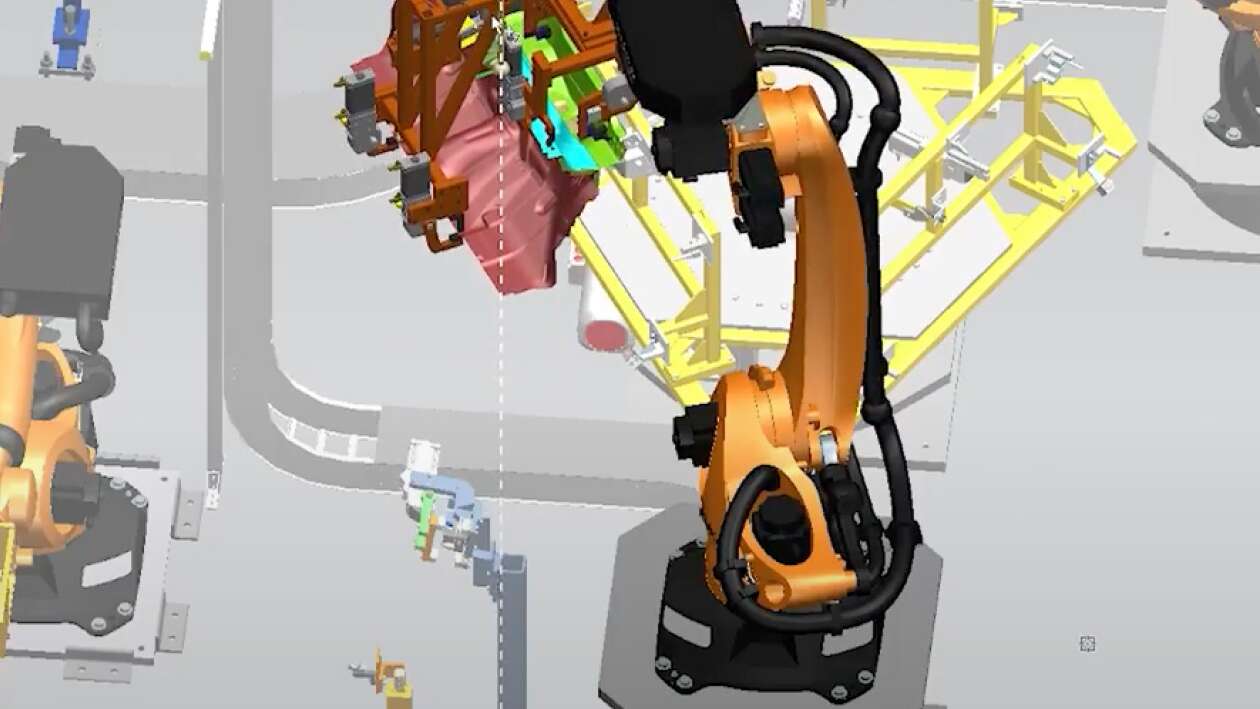
The AI-Enabled Factory
The world’s leading manufacturers are using NVIDIA technology to infuse AI into every aspect of production, delivering higher-quality products and improving profit margins. Industrial digital twins—true-to-reality digital representations of factories—use a combination of AI, physics, real-time data from IoT devices, and insights from maintenance and design records. Digital twin simulations can drive precise factory planning, safety improvements, agility, and flexible factory design. In the physical factory, AI can power automation, robotics systems, quality inspection and testing, and predictive maintenance to eliminate waste from production. Finally, generative AI powered by large language models (LLMs) can support information availability and collaboration to improve operational productivity, equipment upkeep, and issue resolution.
-
 Reinventing Maintenance Operations With cuOpt and Jetson Orin
Kawasaki Heavy Industries, Ltd. (Kawasaki) is a manufacturing company that's been building large machinery for more than a hundred years. With NVIDIA cuOpt™ and NVIDIA Jetson™ Orin, Kawasaki partnered with Slalom, Inc. to transform its track maintenance and inspection capabilities.
Reinventing Maintenance Operations With cuOpt and Jetson Orin
Kawasaki Heavy Industries, Ltd. (Kawasaki) is a manufacturing company that's been building large machinery for more than a hundred years. With NVIDIA cuOpt™ and NVIDIA Jetson™ Orin, Kawasaki partnered with Slalom, Inc. to transform its track maintenance and inspection capabilities.
-
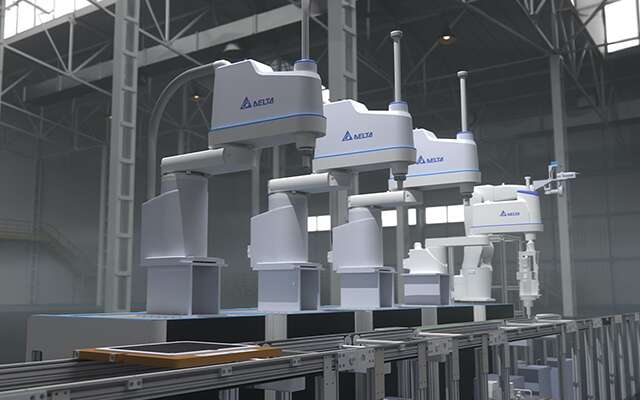 Delta Electronics Is Redefining Production Lines and Industrial Inspection With Digital Twins and Synthetic Data,
Delta Electronics optimizes every part of the factory process before actual production starts using NVIDIA Omniverse™ and the NVIDIA Isaac Sim™ simulation application.
Delta Electronics Is Redefining Production Lines and Industrial Inspection With Digital Twins and Synthetic Data,
Delta Electronics optimizes every part of the factory process before actual production starts using NVIDIA Omniverse™ and the NVIDIA Isaac Sim™ simulation application.
-
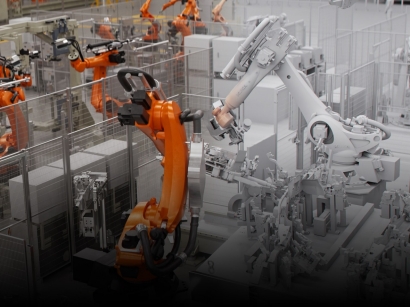 BMW Group Starts Global Rollout of NVIDIA Omniverse
With NVIDIA Omniverse, the automaker is bringing the power of industrial AI to its entire production network as part of its digital transformation.
BMW Group Starts Global Rollout of NVIDIA Omniverse
With NVIDIA Omniverse, the automaker is bringing the power of industrial AI to its entire production network as part of its digital transformation.
Technology
AI and high-performance computing (HPC) hardware, software, and networking solutions for manufacturing.
-
 Gain a Competitive Edge With Improved Agility,
HPC and AI enable new levels of collaboration and efficiency in product design, engineering, simulation, and prototyping. Digital twins optimize design and operational flow in factories, warehouses, and distribution centers. Accelerated data science unlocks deeper insights for intelligent forecasting and decision-making. And technician dispatch and vehicle routing can be dynamically optimized to improve efficiency. These reduced operational burdens improve the ease of future expansions and relocations.
Gain a Competitive Edge With Improved Agility,
HPC and AI enable new levels of collaboration and efficiency in product design, engineering, simulation, and prototyping. Digital twins optimize design and operational flow in factories, warehouses, and distribution centers. Accelerated data science unlocks deeper insights for intelligent forecasting and decision-making. And technician dispatch and vehicle routing can be dynamically optimized to improve efficiency. These reduced operational burdens improve the ease of future expansions and relocations.
-
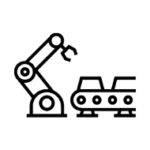 Leverage Automation to Optimize Throughput and Yield,
Automation is creating new levels of speed and accuracy in industrial environments. Robotic systems automate manufacturing, assembly, and material handling. Predictive maintenance and prognostics minimize downtime and maximize the life of equipment. And quality and throughput are increased with computer vision-enabled inspection, productivity inspection, and bottleneck analysis.
Leverage Automation to Optimize Throughput and Yield,
Automation is creating new levels of speed and accuracy in industrial environments. Robotic systems automate manufacturing, assembly, and material handling. Predictive maintenance and prognostics minimize downtime and maximize the life of equipment. And quality and throughput are increased with computer vision-enabled inspection, productivity inspection, and bottleneck analysis.
-
 Advance Safety and Sustainability,
Worker safety and waste reduction are important considerations for industrial companies around the world. AI sensors and proactive alerts are being used to enhance functional safety, and digital twins are helping to model and improve worker ergonomics. Machine learning optimizes plant energy consumption, increases farming efficiency, decreases negative environmental impact, and helps develop clean energy systems.
Advance Safety and Sustainability,
Worker safety and waste reduction are important considerations for industrial companies around the world. AI sensors and proactive alerts are being used to enhance functional safety, and digital twins are helping to model and improve worker ergonomics. Machine learning optimizes plant energy consumption, increases farming efficiency, decreases negative environmental impact, and helps develop clean energy systems.

 MacBook
MacBook iPad
iPad Apple Watch
Apple Watch Airpods
Airpods iMac
iMac Studio Display
Studio Display iphone
iphone
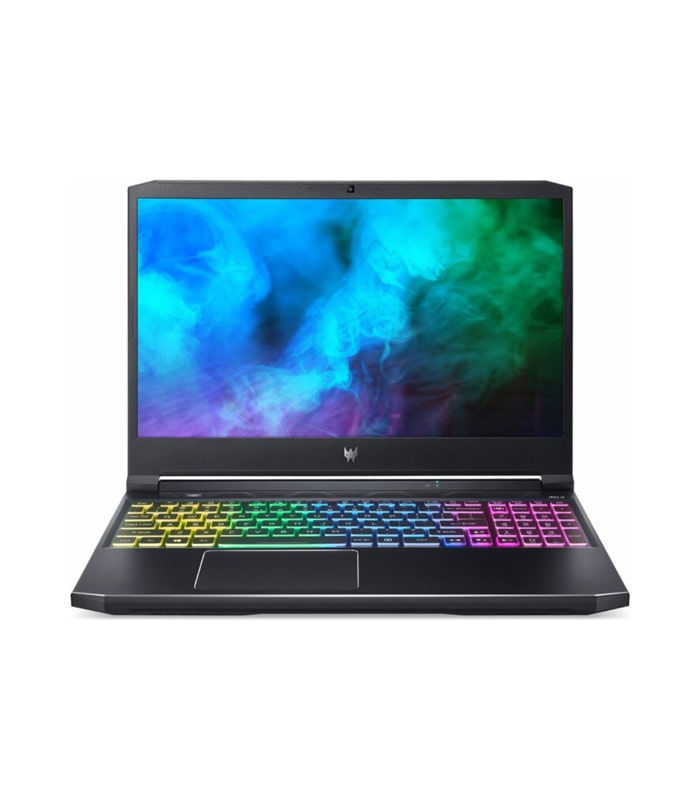 Gaming Laptop
Gaming Laptop
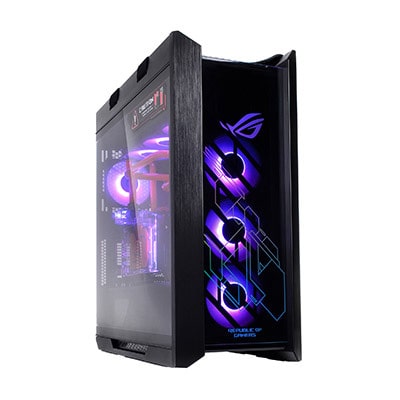
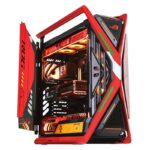 Gaming Desktop
Gaming Desktop
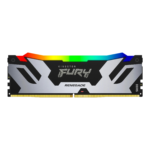 DDR5 Desktop
DDR5 Desktop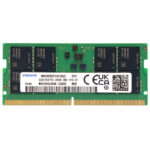 DDR5 Laptop
DDR5 Laptop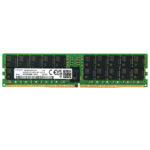 DDR5 Server
DDR5 Server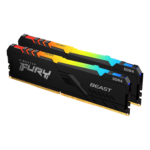 DDR4 Desktop
DDR4 Desktop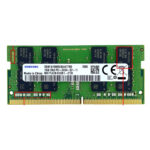 DDR4 Laptop
DDR4 Laptop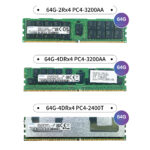 DDR4 Server
DDR4 Server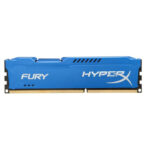 DDR3 Desktop
DDR3 Desktop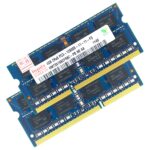 DDR3 Laptop
DDR3 Laptop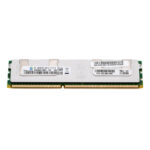 DDR3 Server
DDR3 Server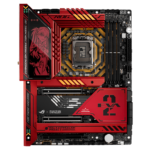
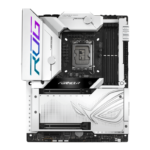 Intel Socket
Intel Socket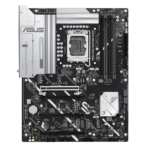 Intel Z890
Intel Z890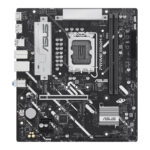 Intel B860
Intel B860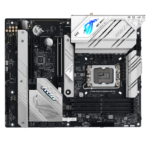 Intel B760
Intel B760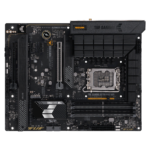 Intel H770
Intel H770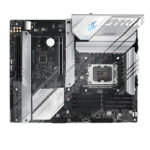 Intel B660
Intel B660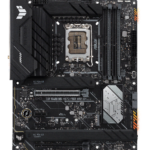 Intel H670
Intel H670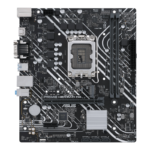 Intel H610
Intel H610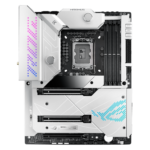 Intel Z690
Intel Z690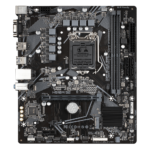 Intel H510
Intel H510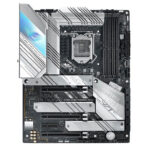 Intel Z590
Intel Z590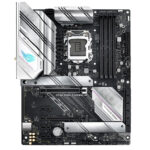 Intel B560
Intel B560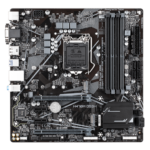 Intel H470
Intel H470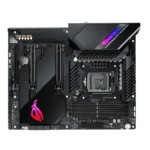 Intel Z490
Intel Z490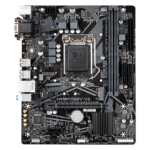 Intel H410
Intel H410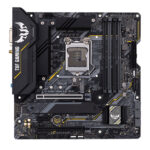 Intel B460
Intel B460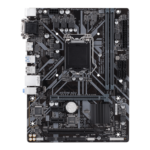 Intel H310
Intel H310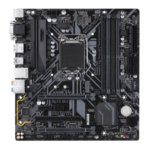 Intel B360
Intel B360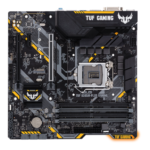 Intel B365
Intel B365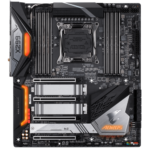 Intel X299
Intel X299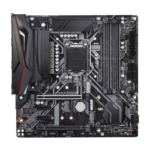 Intel Z390
Intel Z390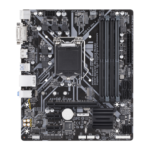 Intel Z370
Intel Z370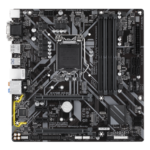 Intel H370
Intel H370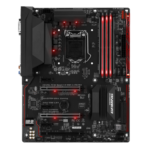 Intel Z270 H270
Intel Z270 H270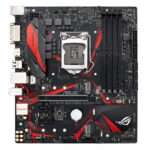 Intel B250
Intel B250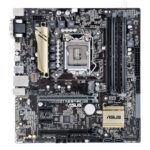 Intel Z170 H170
Intel Z170 H170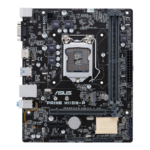 Intel H110
Intel H110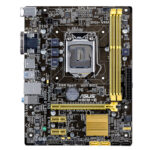 Intel H81
Intel H81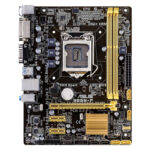 Intel B85
Intel B85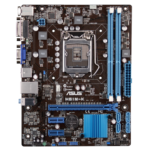 Intel H61
Intel H61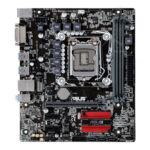 Intel B150
Intel B150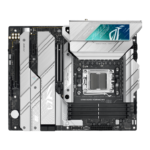 AMD Socket
AMD Socket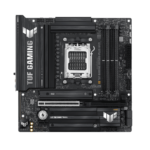 AMD B850
AMD B850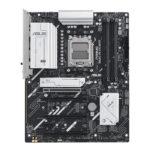 AMD B840
AMD B840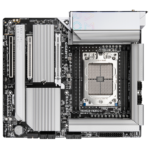 AMD TRX50
AMD TRX50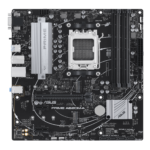 AMD A620
AMD A620 AMD X870
AMD X870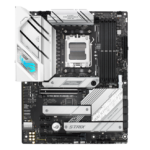 AMD B650
AMD B650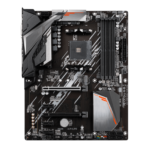 AMD A520
AMD A520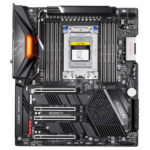 AMD TRX40
AMD TRX40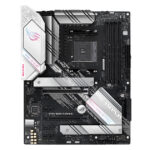 AMD B550
AMD B550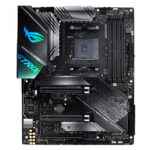 AMD X570
AMD X570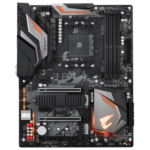 AMD X470
AMD X470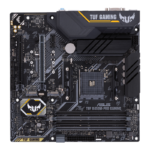 AMD B450
AMD B450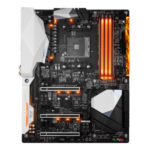 AMD X370
AMD X370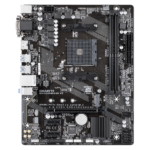 AMD A320
AMD A320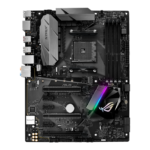 AMD B350
AMD B350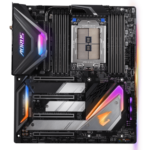 AMD X399
AMD X399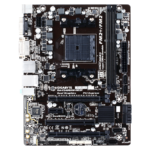 AMD A88
AMD A88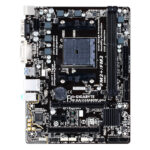 AMD A68 A78
AMD A68 A78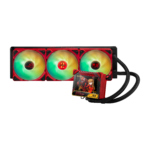
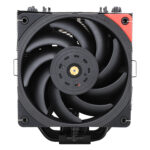 Cpu Air Coolers
Cpu Air Coolers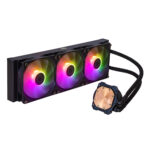 CPU Liquid Coolers
CPU Liquid Coolers Fans
Fans
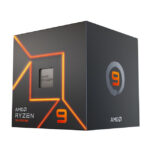 AMD CPUs Desktop
AMD CPUs Desktop AMD Server CPU
AMD Server CPU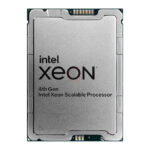 Intel Server CPU
Intel Server CPU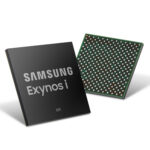 Samsung CPUs
Samsung CPUs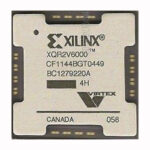 Other special CPUs
Other special CPUs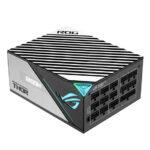

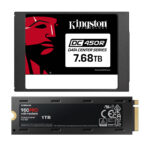 Solid State Drives
Solid State Drives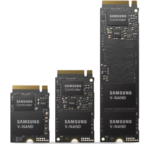 NVMe PCIe M.2
NVMe PCIe M.2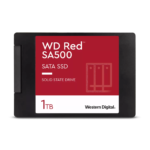 SATA 2.5inch
SATA 2.5inch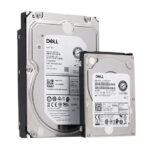 Hard Disk Drive
Hard Disk Drive Server Hard Drives
Server Hard Drives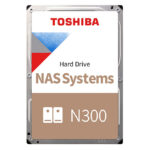 NAS hard drive
NAS hard drive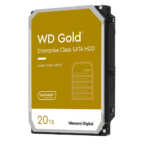 Monitoring hard drive
Monitoring hard drive Portable Solid State Drives
Portable Solid State Drives Memory Cards
Memory Cards USB Flash Drives
USB Flash Drives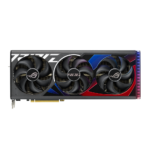
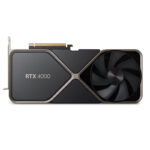 Nvidia GPU
Nvidia GPU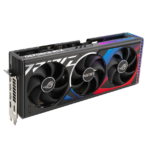 RTX 50 series
RTX 50 series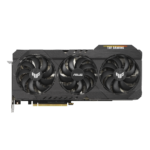 RTX 30 series
RTX 30 series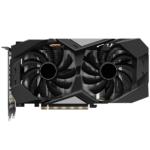 GTX 16 series
GTX 16 series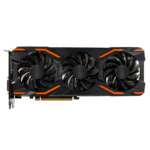 GTX 10 series
GTX 10 series RX 9000 series
RX 9000 series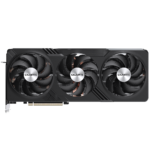 RX 7000 series
RX 7000 series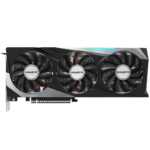 RX 6000 series
RX 6000 series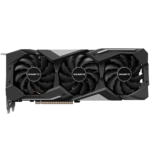 RX 5000 series
RX 5000 series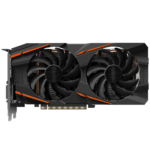 RX 500 series
RX 500 series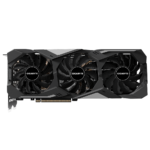 RTX 20 series
RTX 20 series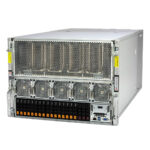
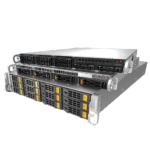 Rack server
Rack server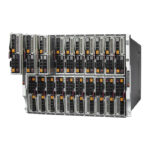 Blade server
Blade server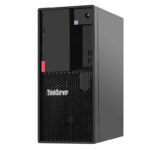 Tower server
Tower server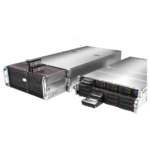 Storage Server Solutions
Storage Server Solutions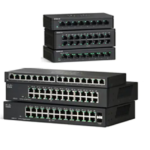 Network switch
Network switch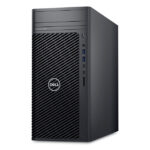
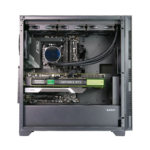 Workstation
Workstation Mobile Workstation
Mobile Workstation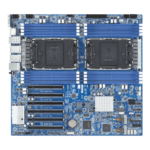
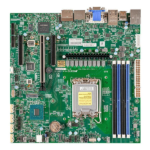 Server motherboard
Server motherboard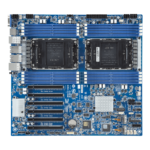 Workstation Motherboard
Workstation Motherboard
PSP3000索尼原装街机掌机-150x150.jpg) SONY Gaming Console
SONY Gaming Console ASUS Gaming Console
ASUS Gaming ConsoleLegion-Go-游戏掌机手持设备-150x150.jpg) Lenovo Gaming Console
Lenovo Gaming Console One XPlayer
One XPlayer日版-Xbox-Series-X-XSX次世代-150x150.jpg) Microsoft Gaming Console
Microsoft Gaming Console XBOX Gaming Console
XBOX Gaming ConsoleMSI-Claw-A1M-050US-游戏掌机-150x150.jpg) MSI Gaming Console
MSI Gaming Console
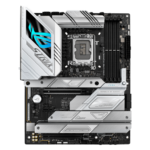 Motherboard
Motherboard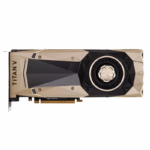 GTX TITAN
GTX TITAN Computer Cases
Computer Cases